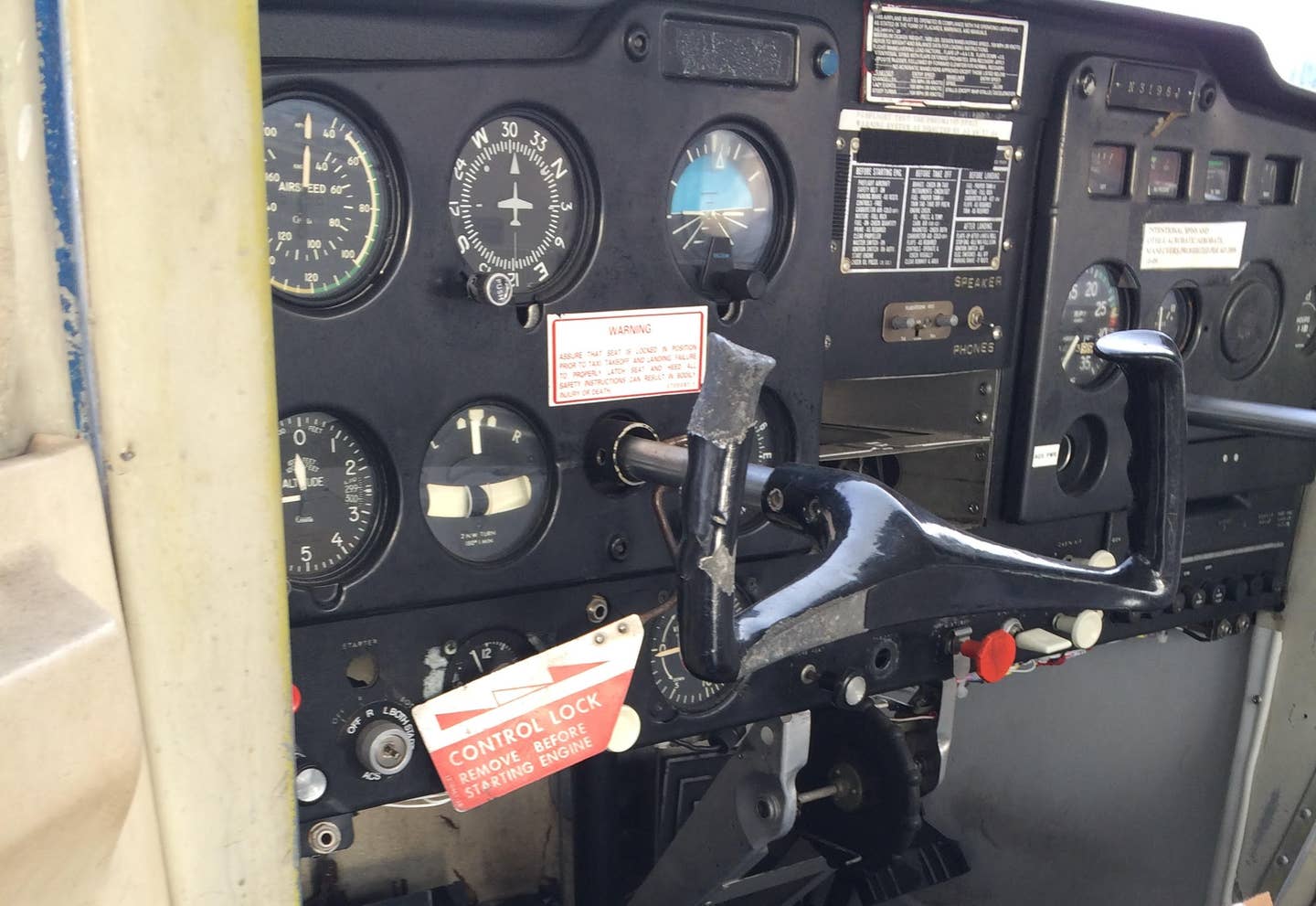Question About a Regulation? The FAA May Have Already Cleared it Up
The agency’s legal interpretation letters are a great resource for pilots.

An excellent way to improve your knowledge and stay on top of aviation regulations is to read the FAA’s legal interpretation letters. [File photo: Adobe Stock]
Let's be honest—sometimes you come upon scenarios that you didn't go over in your ground school, flight training, or check ride. If you're an instructor, it may come in the form of an inquisitive student asking if it's possible to sidestep a particular procedure and still be “legal.”
For instance, a common one that comes up early in instrument training or even getting recurrent is whether you have to fly all of your approaches to the DA or MDA or if you could break them off after crossing the final approach fix and still have them count. You'll never see this addressed in the FARs or AIM, but the question is valid and makes you pause for a second.
It is impractical that the existing regulations can't fully account for all possibilities or situations.
Thankfully, this isn't a new phenomenon, and there's a solution for pilots: The FAA's legal interpretation letters.
FAA legal interpretations are additional explanations and interpretations of federal aviation regulations (FARs/14 CFRs) where the phrasing is ambiguous, or the application to a particular situation is unclear. These interpretation letters are another tool that pilots ought to tap into, to up their competency, especially if their operations might cause them to run into a bind. Plus, outside of the training environment, you'll rarely come across enough different scenarios that will cause you to clarify ahead of time whether something is allowed.
So, an excellent way to improve your knowledge and to stay on top of aviation regulations is to read these letters that the FAA makes public once it issues a response to a pilot.
How to Get Clarification
Before you break out the pen and paper, you might first reach out to your local FSDO by phone or email. They might be able to clear up any questions you have, particularly if the scenario is something familiar or pertinent to other pilots in your region.
“"...there's a lot of homework you should do first to ensure you've exhausted all other options.”
More officially, you can write a letter to the FAA's Chief Counsel Office in Washington, D.C., to request an interpretation of a specific regulation. Aim to be precise but objective in the details. Be sure to include any supporting material that might help provide context, especially if there is a chance the procedure in question received attention from the FAA separately through a warning letter.
Suppose it turns out that there's a nuance in the FARs that could cause other pilots to be confused. In that case, the FAA will produce a legal interpretation response letter that references the original scenario and explains the FAR in question in detail, in the way it would prefer the rest of the pilot community to also follow. Considering that these responses set a precedent for doing things, they serve as the final word on how to follow a specific regulation. They might even override a decision from a local FSDO.
It's excellent that pilots have these additional channels of inquiry to clarify burning questions. Still, before you start making trips to the post office, there's a lot of homework you should do first to ensure you've exhausted all other options. Ask yourself, have I considered:
- Other relevant regulations
- Relevant FAA guidance (i.e., ACs, orders)
- Previous perspectives on the issue (FSDO or local ATC facilities)
- Applicable legal interpretations or decisions (precedents)
You can find previous letters by visiting the FAA regulatory division website, where you can search the database by year or keyword. Some notes have gained the status of classics in the pilot community. In a future column, I'll outline four that have caused widespread discussion and offer some tips on applying them to your operation.
In your search, you'll see that they take different forms, but an essential lesson for pilots is that there can be gaps in the systems. What that means is you need to do your best to get your knowledge to a level where you can recognize out-of-the-ordinary patterns and situations that might compromise your safety or certificate and be preemptive. Otherwise, you might want to write a letter, if you're not sure.
I'm curious, is there any regulation you think seems unclear and should be clarified? Drop me a line at michael@flying.media and let's discuss.

Subscribe to Our Newsletter
Get the latest FLYING stories delivered directly to your inbox






